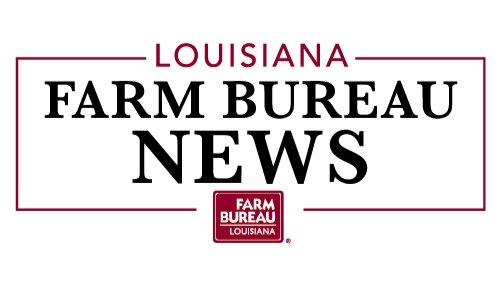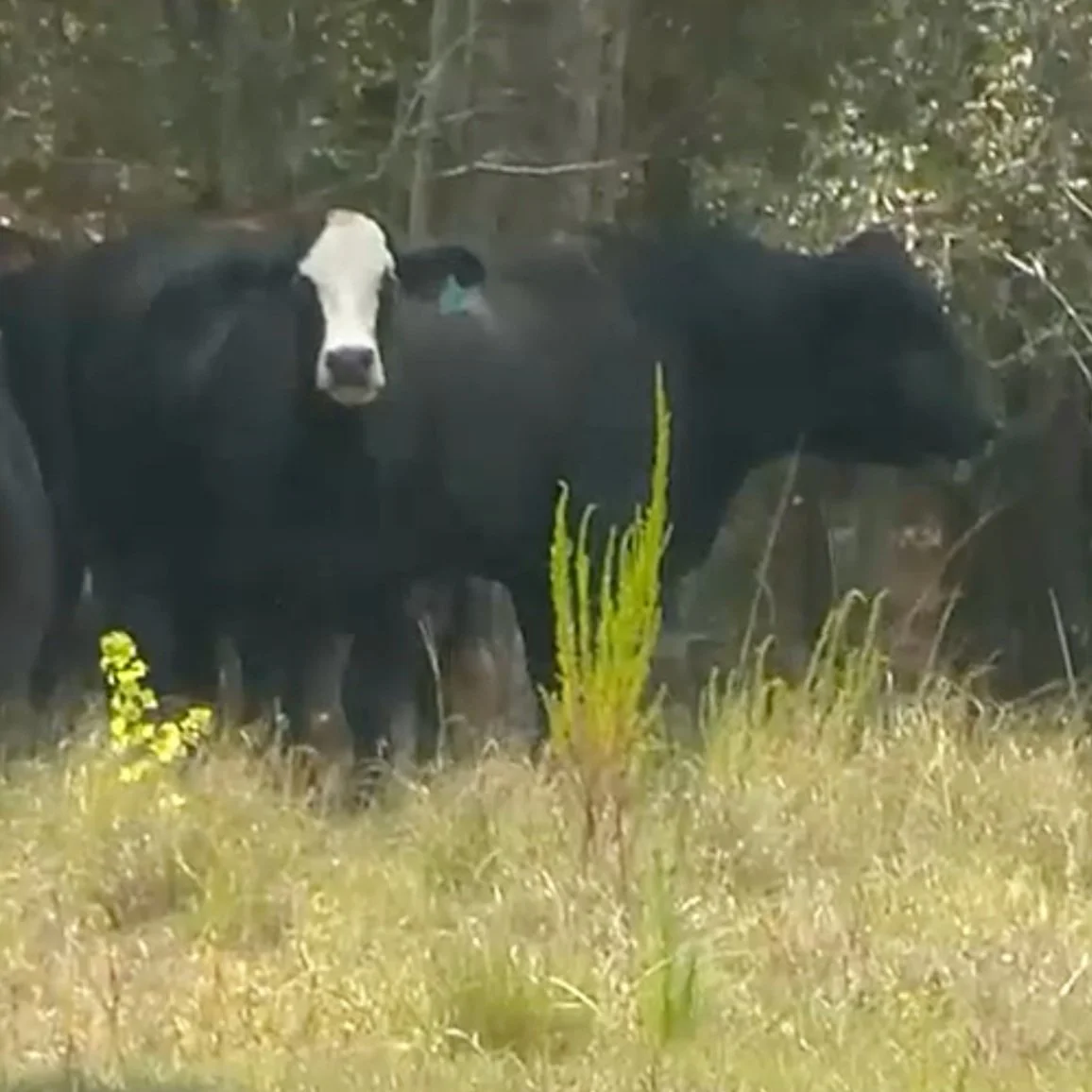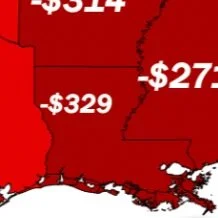Soybeans have been used as a forage crop since they were originally brought to the United States. Their use as a forage declined in the 1940’s as producers adopted other forages that had higher yields. So, although soybeans today are most commonly grown as a grain crop, they can be harvested as a forage crop under certain situations, such as drought.
Read MoreChina's farm ministry on Thursday said large trials of genetically modified corn and soybeans showed "outstanding" results and that the technology was safe and essential.
Read MoreThe return of the El Nino weather phenomenon should boost South American soybean production as more rainfall can help farmers recover from this season's severe drought in the lower latitudes of the continent, according to meteorologists and grain analysts..
Read MoreWhen you think about harvesting crops in Louisiana, you think about things like corn, sugarcane, and soybeans. And with the record-breaking summer heat, each of these crops are having a tougher time growing than in years past.
As the chairman of the Louisiana Beef Industry, John Thompson says he’s never seen his farmland as dry as it is in his 66 years. According to the Dept. of Agriculture and Forestry, the amount of money we’ve lost in the cattle industry is between $160 -- 260 million.
Read MoreMore stink bugs are starting to show up in soybean fields. The stink bug complex in Louisiana soybean includes several species such as the brown stink bug, green stink bug, southern green stink bug, and perhaps the most notorious, the redbanded stink bug. Each species is capable of causing damage.
Read MoreThe Louisiana soybean crop has been severely affected by extreme heat and drought stress. Factors such as availability of irrigation, planting date, and soil type have all had a significant impact on the condition of plants.
Read MoreJust north of Port Allen, the relentless drought and scorching temperatures are putting local farmers to the test. Heath Morris, a sugarcane and soybean farmer, is one of those determined souls engaged in a battle with Mother Nature yet again.
Read MoreThis month’s 2023/24 U.S. corn outlook is for reduced supplies, lower domestic use, smaller exports, and tighter ending stocks. Projected beginning stocks for 2023/24 this month have been raised 55 million bushels higher based on a lower use forecast for 2022/23, reflecting reductions in corn used for exports, glucose and dextrose, and starch.
Read MoreFor the first time, researchers mapped Southern root knot nematode distribution in soybeans by county (parish) across the United States. But the Southern root knot nematode hinders Southern farmers in more than just soybeans.
Read MoreThe Crop Production report issued today by USDA’s National Agricultural Statistics Service (NASS) forecasted corn production up from 2022 and soybean production down from last year. Corn production is up 10% from last year, forecast at 15.1 billion bushels; soybean growers are expected to decrease their production 2% from 2022, forecast at 4.21 billion bushels.
Read More
Fall armyworms, Spodoptera frugiperda, are chronic insect pests in the state, with more than 60 plants reported as hosts, including various pasture grasses (and lawns) and agronomic crops including corn, alfalfa, cotton, soybeans, grain sorghum, and rice. They migrate to Louisiana from neighboring regions like Florida, Texas, Caribbean islands, and Central-South America, with infestations most common from late July to early August.
Read MoreFor more than two decades, and over the course of the last four farm bills, farm program payments have been based on a farm’s historical planted acreage, i.e., base acres, and not on actual plantings each year. Decoupling Agriculture Risk Coverage and Price Loss Coverage farm program payments prevents farmers from making planting decisions based on expected program payments. Instead, the current system ensures farmers evaluate only market supply and demand signals and expected returns per acre when determining which crops to plant each year.
Read MoreThe Brazilian second crop corn harvest continues to make progress, surpassing the halfway point over the weekend and likely reaching 55% complete as this is published online.
Read MoreSome analysts, in the wake of the July WASDE report from USDA, are projecting tne new crop price for November soybeans could reach $15 per bushel.
Read MoreThere will be a cotton/corn/soybean field tour at the Northeast Research Station in St. Joseph next Tuesday, July 25th, beginning at 5 pm. It will feature talks on row spacing, fertility, weed control, disease and insect control. It will also have one stop showing the difference between planting cotton into 2 different cover crops. There will be a meal after the tours are over.
Read More














